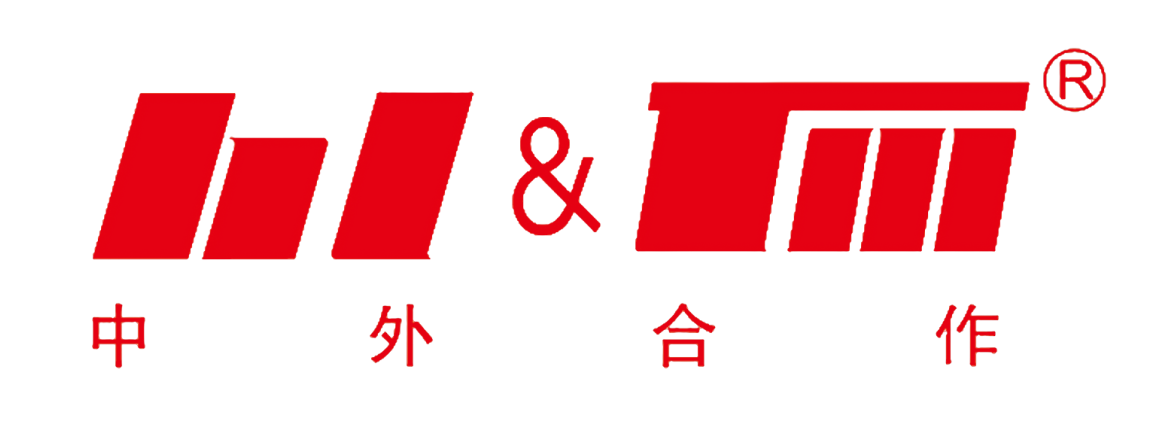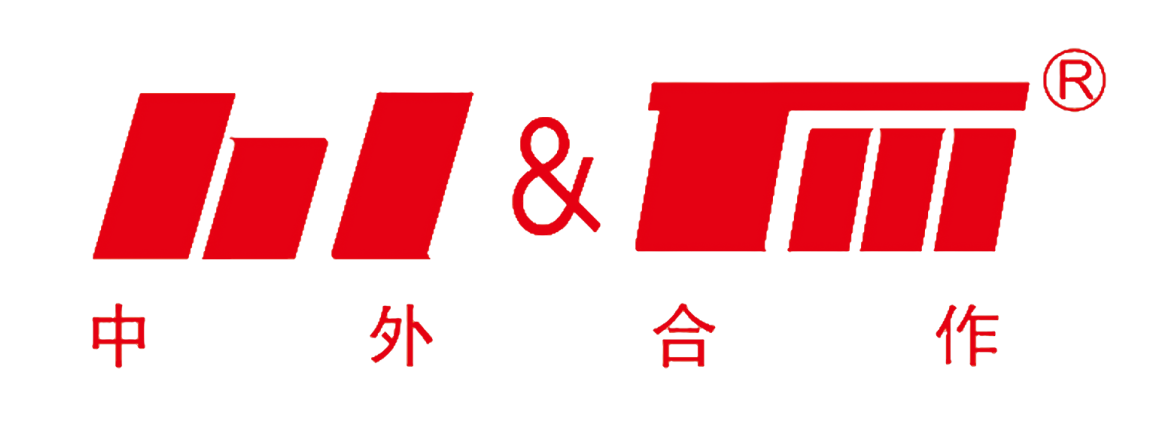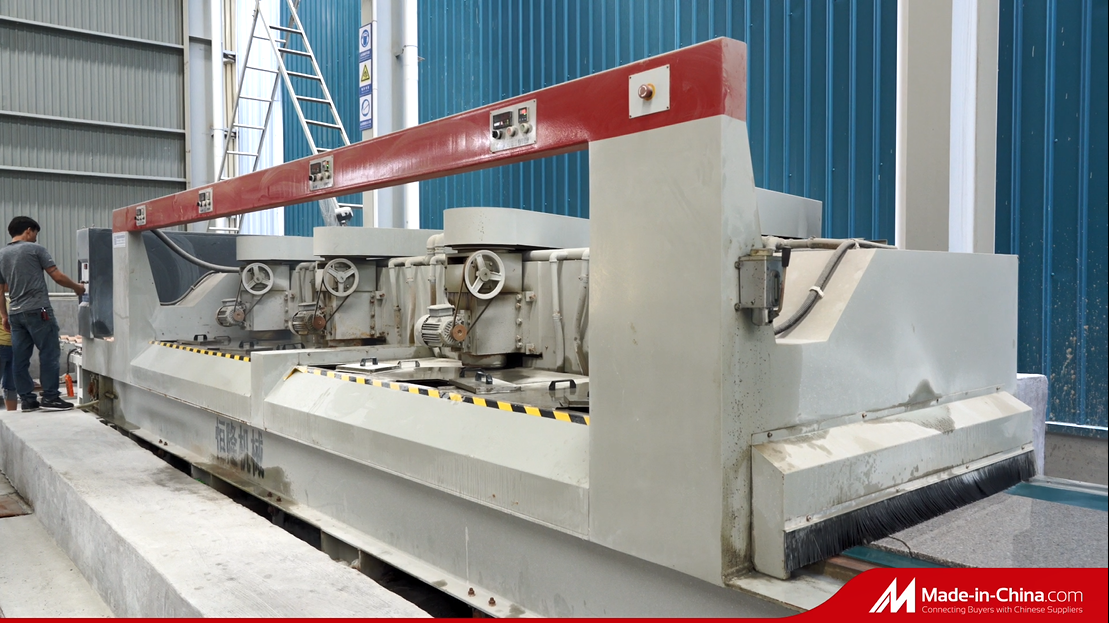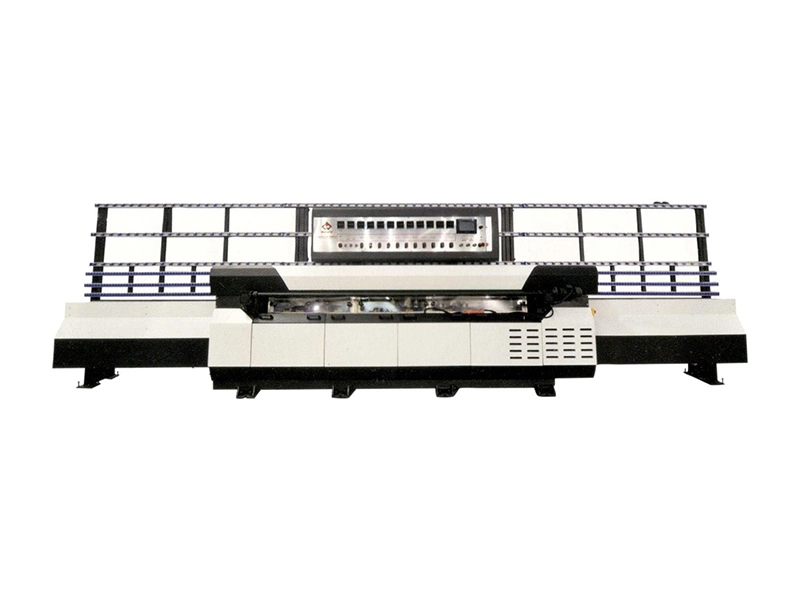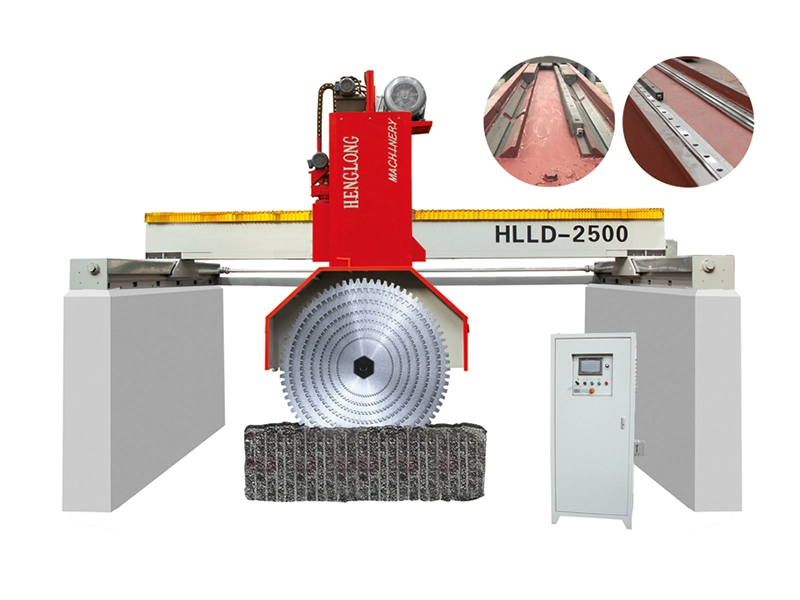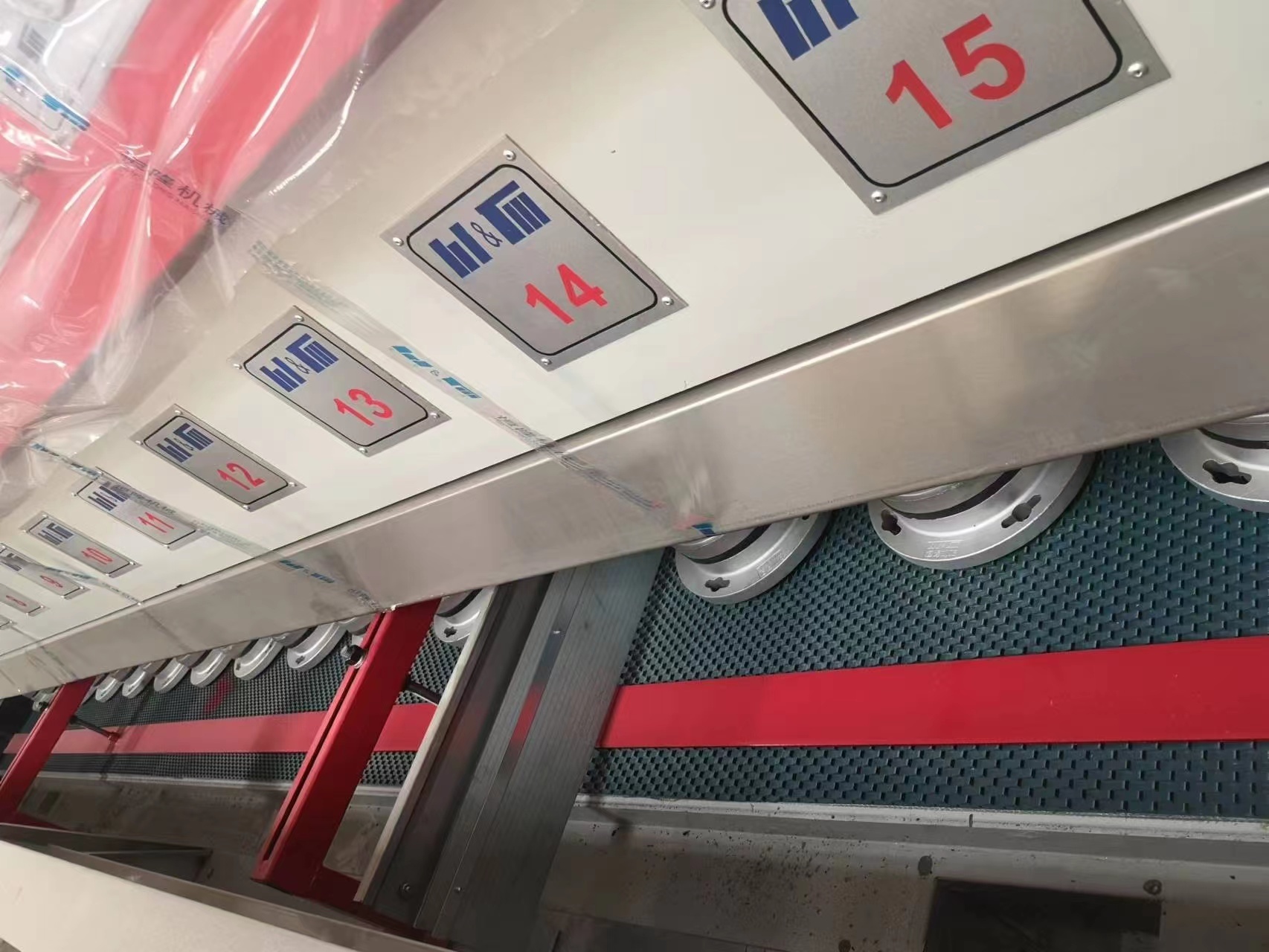Unlocking Precision: The Essential Guide to Stone Cutting Machines
Time:
Mar 29,2025
Stone cutting machines are vital tools in the manufacturing and processing sector, particularly when it comes to working with various types of stone materials. These machines are designed to handle the unique challenges posed by stone cutting, such as the hardness of the material and the precision required for intricate designs. Understanding the technology and mechanics behind these machines can greatly improve productivity and quality in stone fabrication.
One of the primary features of stone cutting machines is their ability to deliver high precision cuts. The machines are equipped with advanced cutting mechanisms, including diamond blades and water jet systems, which allow them to slice through stone with minimal chipping and rough edges. This precision is crucial for creating finished products with tight tolerances, whether for architectural uses, countertops, or artistic stonework.
In addition to precision, the efficiency of stone cutting machines is a significant consideration for manufacturers. The speed of cutting, along with the machine's robustness, can affect overall production timelines. High-performance machines often come with adjustable speed settings, allowing operators to select the optimal cutting rate depending on the type of stone being processed. This adaptability not only saves time but also extends the lifespan of the cutting tools, as they can be used more effectively.
Another essential aspect of stone cutting machines is their safety features. Given the nature of the material and the power of the machinery, safety protocols are paramount. Most modern stone cutting machines come with integrated safety systems such as emergency stop buttons, protective guards, and dust extraction units to minimize hazards to operators and maintain a clean working environment.
Maintenance is a crucial aspect of ensuring the longevity and performance of stone cutting machines. Regular checks and servicing can prevent breakdowns and maintain cutting efficiency. Operators should be trained in proper maintenance practices, including inspecting blades for wear, calibrating equipment, and cleaning machines to remove dust and debris that can impact performance.
Lastly, understanding the different types of stone cutting machines available is essential for making informed decisions. From bridge saws to CNC stone cutting machines, each type offers unique capabilities suited to specific applications. Professionals in the industry should assess their needs carefully, considering factors such as the types of stone they work with and the intricacies of their projects.
In conclusion, stone cutting machines are indispensable in the stone processing industry, offering precision, efficiency, and safety. By investing in the right equipment and understanding its operation, professionals can elevate their craftsmanship and meet the growing demands of their customers.
One of the primary features of stone cutting machines is their ability to deliver high precision cuts. The machines are equipped with advanced cutting mechanisms, including diamond blades and water jet systems, which allow them to slice through stone with minimal chipping and rough edges. This precision is crucial for creating finished products with tight tolerances, whether for architectural uses, countertops, or artistic stonework.
In addition to precision, the efficiency of stone cutting machines is a significant consideration for manufacturers. The speed of cutting, along with the machine's robustness, can affect overall production timelines. High-performance machines often come with adjustable speed settings, allowing operators to select the optimal cutting rate depending on the type of stone being processed. This adaptability not only saves time but also extends the lifespan of the cutting tools, as they can be used more effectively.
Another essential aspect of stone cutting machines is their safety features. Given the nature of the material and the power of the machinery, safety protocols are paramount. Most modern stone cutting machines come with integrated safety systems such as emergency stop buttons, protective guards, and dust extraction units to minimize hazards to operators and maintain a clean working environment.
Maintenance is a crucial aspect of ensuring the longevity and performance of stone cutting machines. Regular checks and servicing can prevent breakdowns and maintain cutting efficiency. Operators should be trained in proper maintenance practices, including inspecting blades for wear, calibrating equipment, and cleaning machines to remove dust and debris that can impact performance.
Lastly, understanding the different types of stone cutting machines available is essential for making informed decisions. From bridge saws to CNC stone cutting machines, each type offers unique capabilities suited to specific applications. Professionals in the industry should assess their needs carefully, considering factors such as the types of stone they work with and the intricacies of their projects.
In conclusion, stone cutting machines are indispensable in the stone processing industry, offering precision, efficiency, and safety. By investing in the right equipment and understanding its operation, professionals can elevate their craftsmanship and meet the growing demands of their customers.
RELATED NEWS
